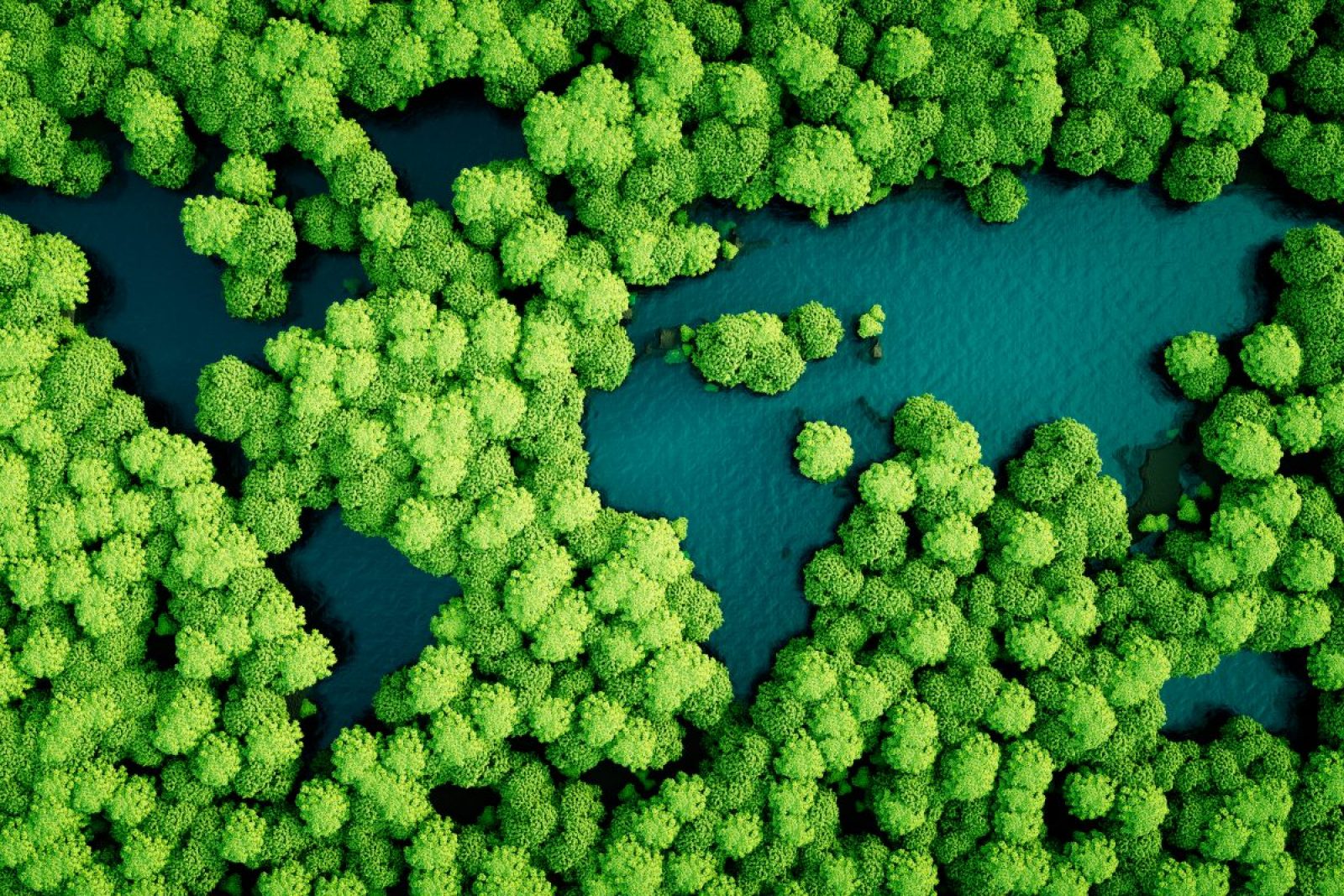It is estimated that approximately 95% of the value of plastic packaging material (i.e. €70 billion – €105 billion) is lost to the economy after a very short first-use cycle. Finding a way to salvage the so called “plastic waste” and turning it into a valuable resource however will pay dividends.
Resource efficiency and management are hallmarks of a successful enterprise; it involves sustainable use of resources – human, capital and/or material – combined with a holistic perspective of the supply chain.
The sheer magnitude of environmental destruction however, spurred primarily through over-exploitation of natural resources, is compelling organizations to adopt policies that conform to principles of “circular economy”. Additionally, the challenge lies in finding a way to make circular economy an attractive value proposition for small as well as large corporations to seriously consider.
Circular Economy: What’s the deal?
The term ‘circular economy’ refers to an economic model that designates waste (generated from use of raw materials) as a vital asset in facilitating economic growth and development. By recycling waste to create new multi-purpose products, circular economy ensures to keep products at their highest value for as long as possible.
In the current linear economic model prevalent in the world today, many efficiently manufactured products are discarded after being used only once. As a result, many companies have developed technologies that recover waste, and exploit it for other uses.
Many companies have developed technologies that recover waste, and exploit it for other uses.
From plastics to biodegradables: The new frontier
Finland’s Neste Corporation – voted 3rd most sustainable company in the world in 2019 by Forbes magazine –, recently started a development project that converts liquefied waste plastic into high-quality raw material for fuels, chemicals, and new plastics; as it happens, Neste Corporation is already the world’s largest producer of renewable diesel from (plastic) waste.
On the other end, Kotkamills – another Finnish manufacturer – are looking beyond plastics by offering a range of biodegradable packaging boxes/wrappings made entirely from renewable wood fibre. Named Aigle, the trademarked line of products can be completely recycled with normal paper and board waste. What makes Aigle particularly unique is its use – and appeal – across the food, cosmetics and pharmaceutical industries.
EU Action Plan for a Circular Economy
At the regional level, the European Union Commission adopted the EU Action Plan for a circular economy in 2015. There, it identified plastic recycling and reuse a key priority. Evidently, there is an enormous opportunity for businesses to capitalize on this nascent industry that will, one day, become the dominant economic model in the globalized world.
Transitioning towards a fully operational circular economy however will require compliance and commitment from all sectors of society. While its benefits may not be immediate to many businesses at present, adoption of circular economy by larger companies and the profits it ultimately elicits, will coax many to re-valuate their understanding of what constitutes actual ‘waste’.

